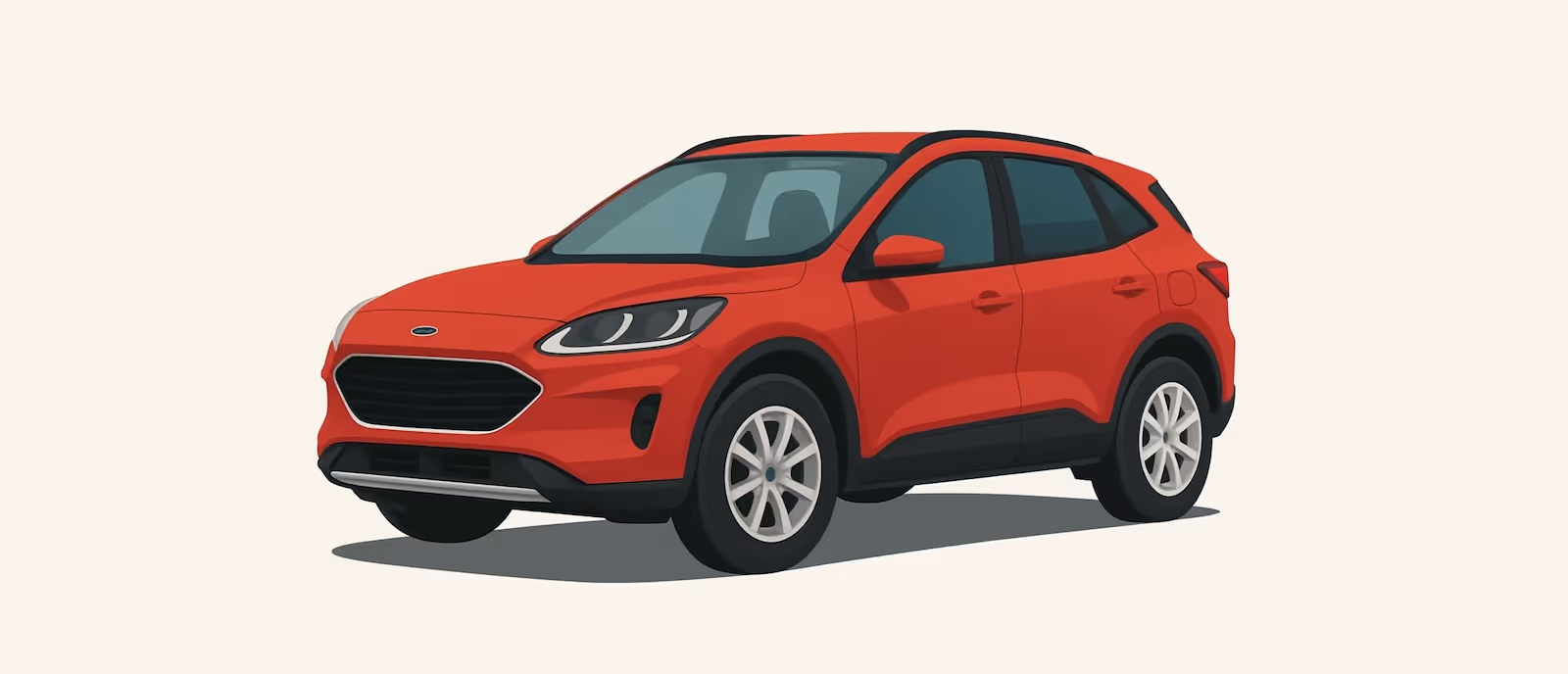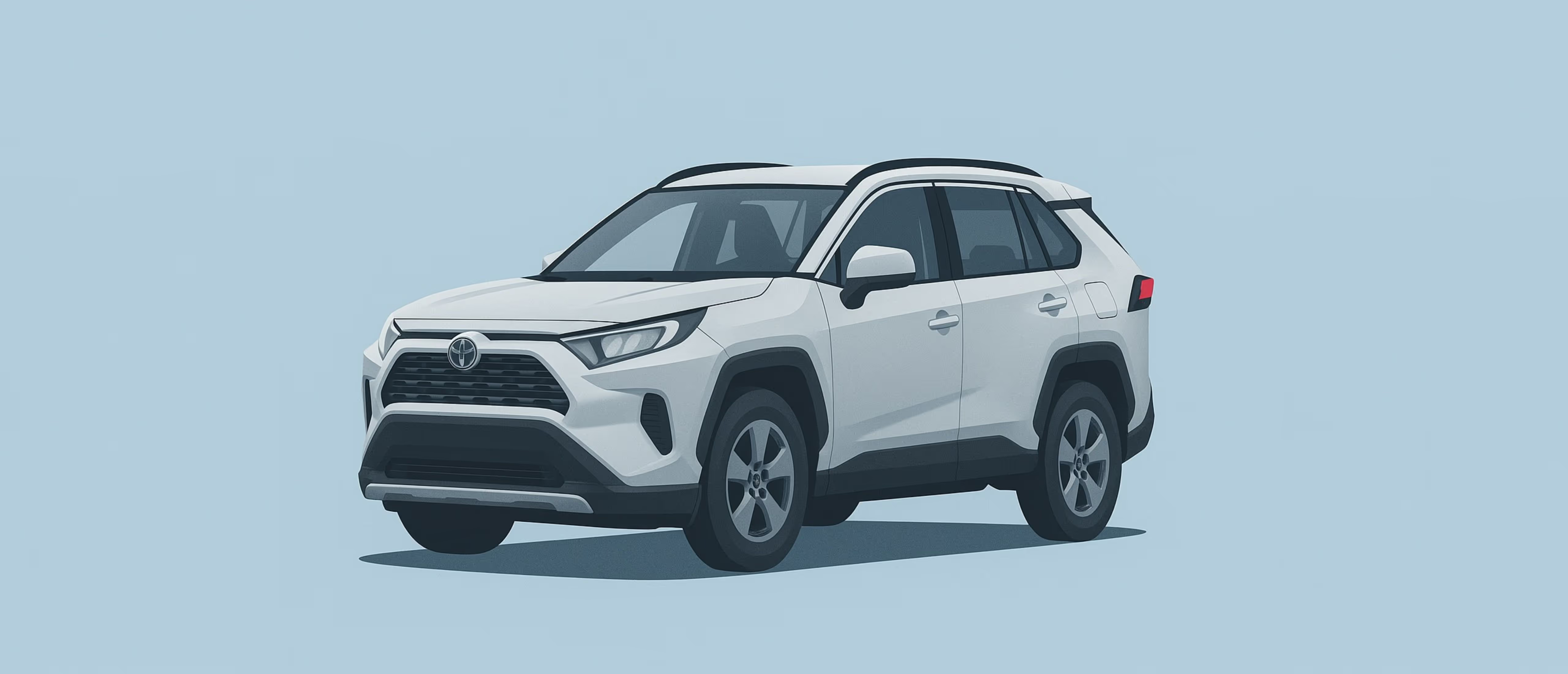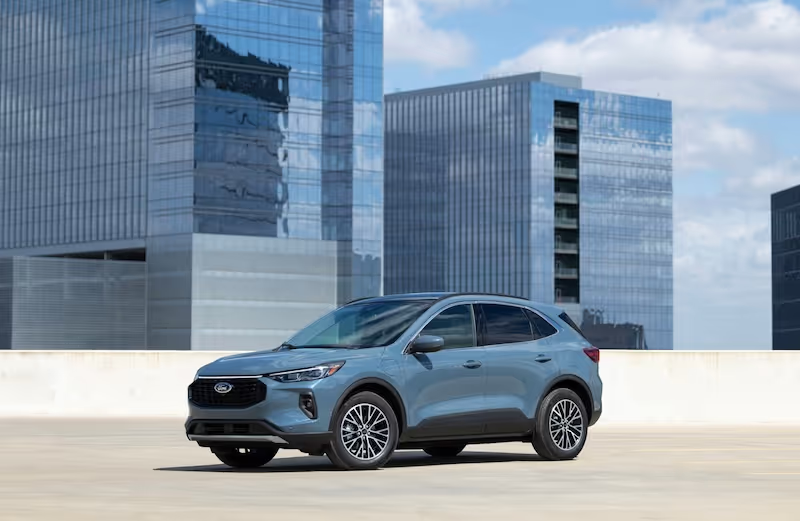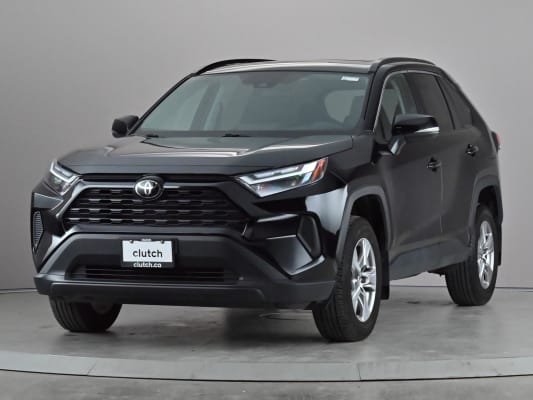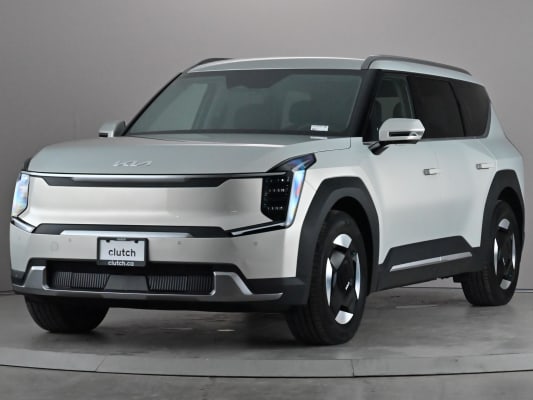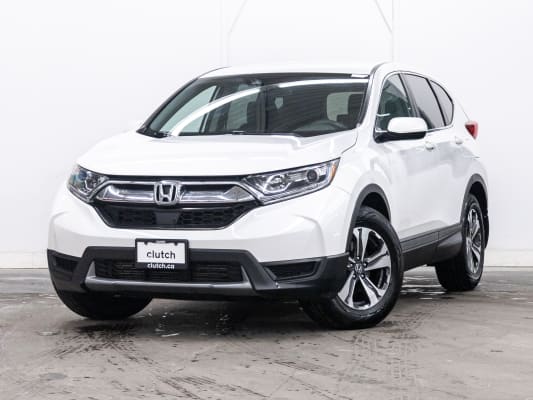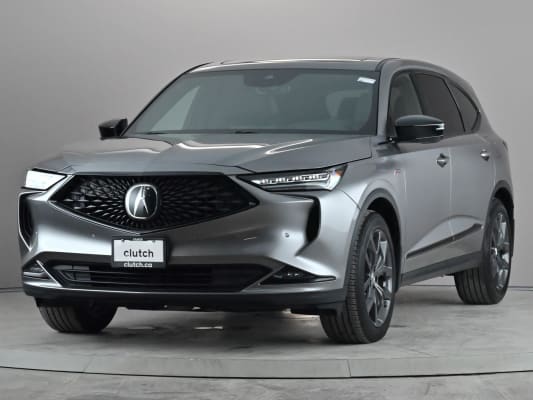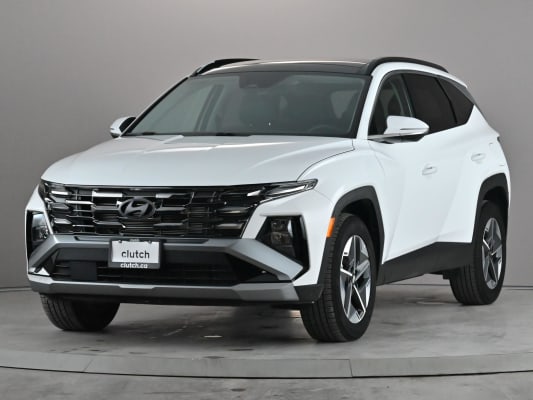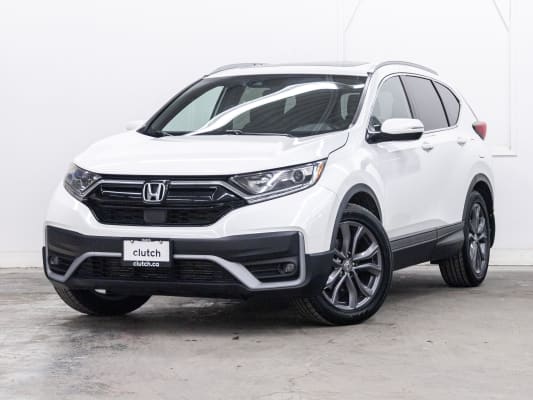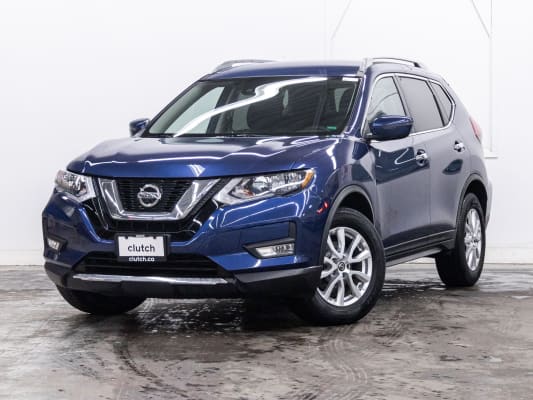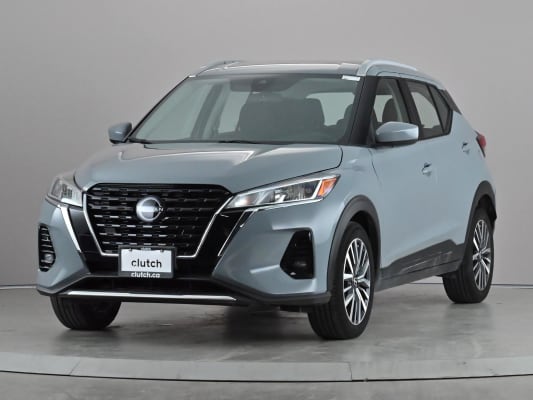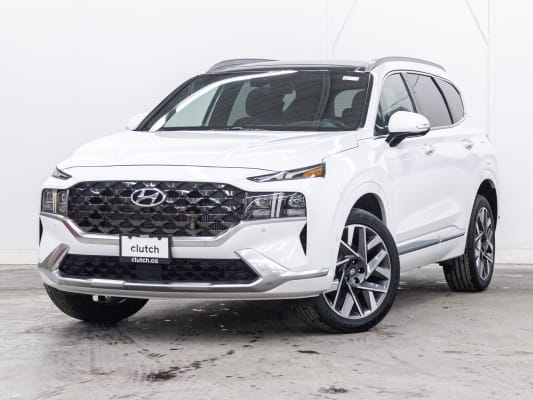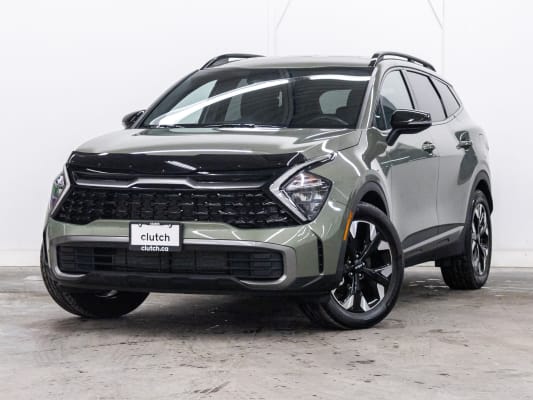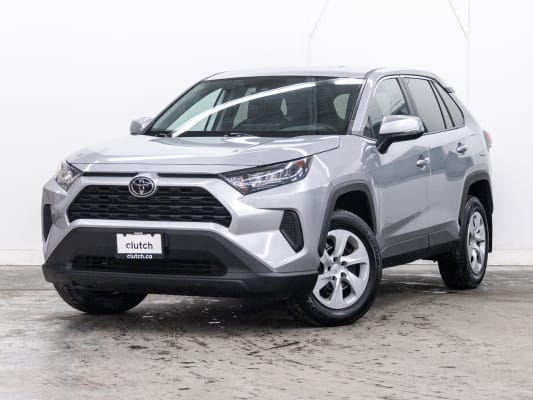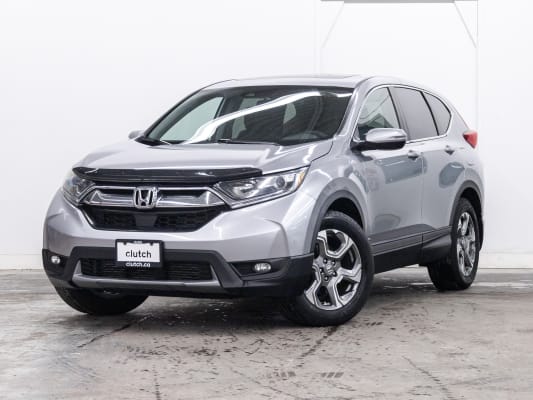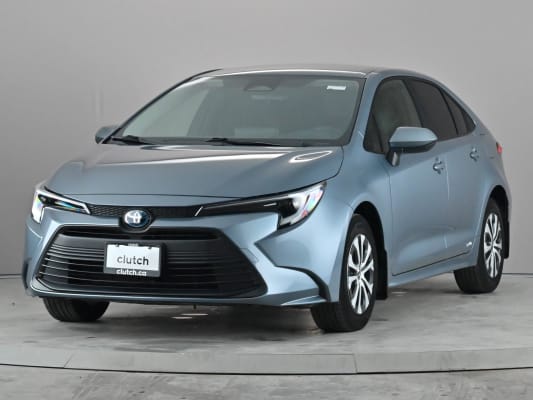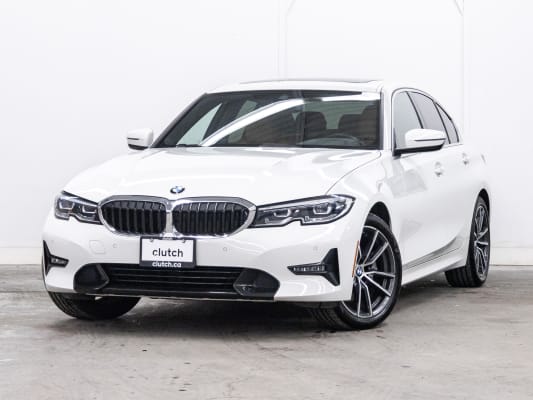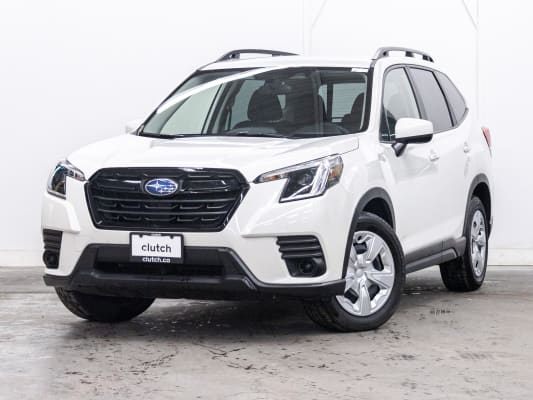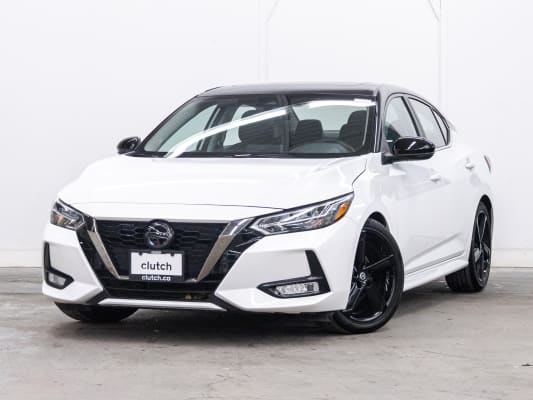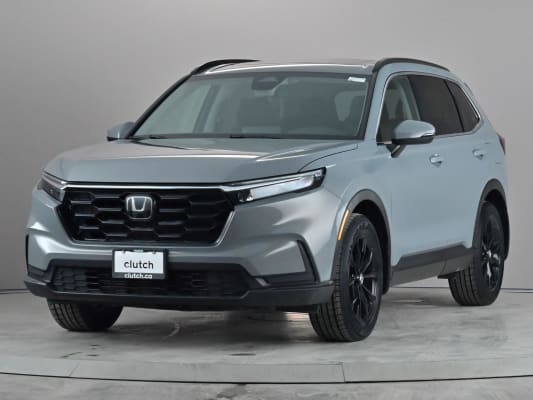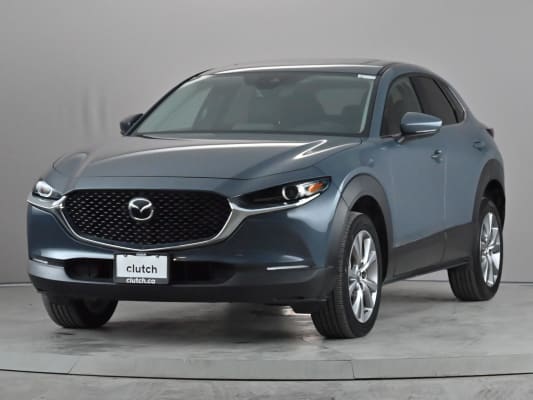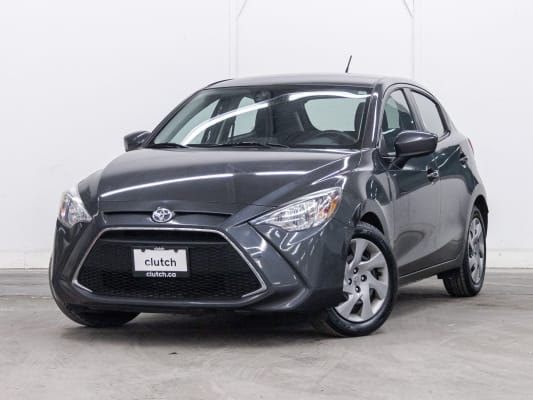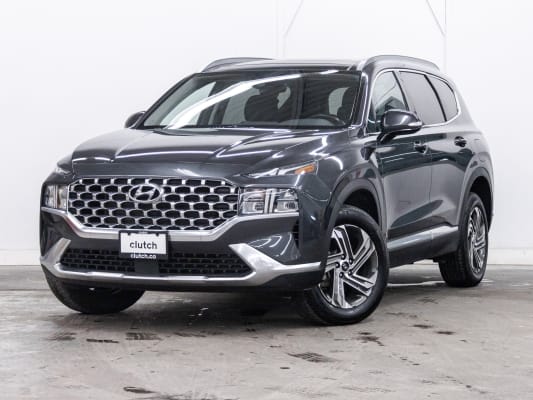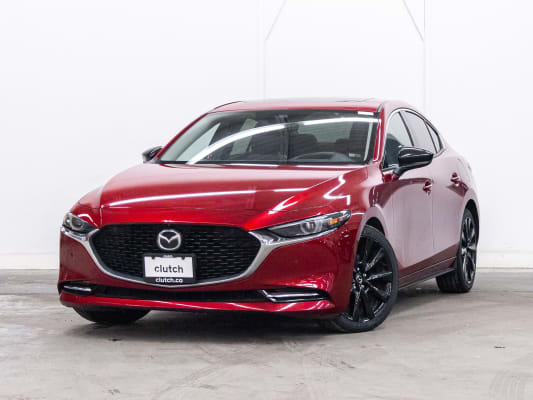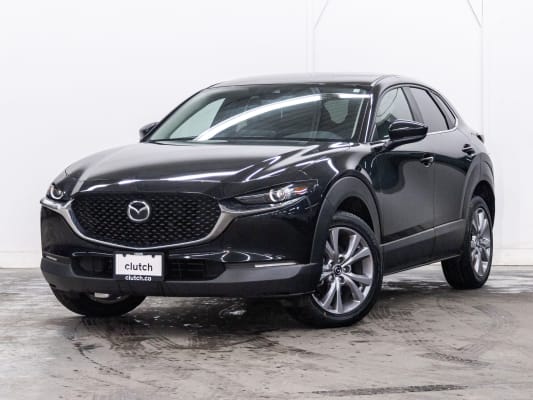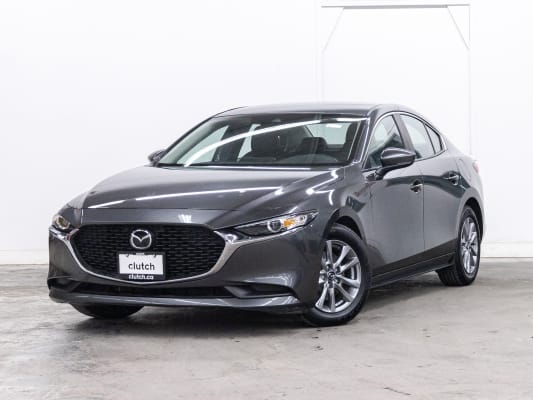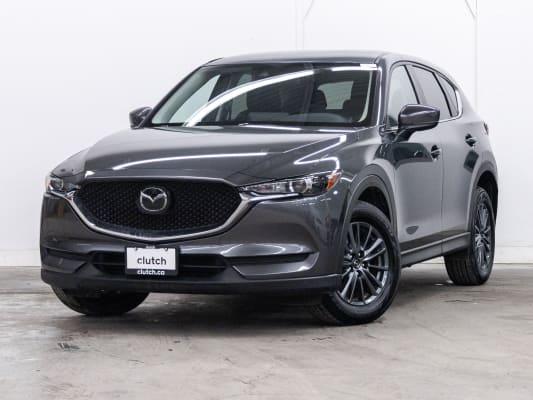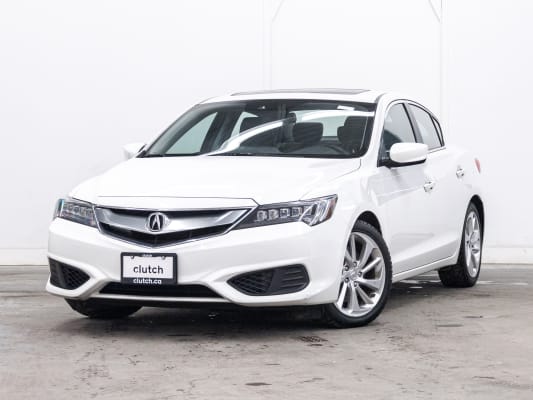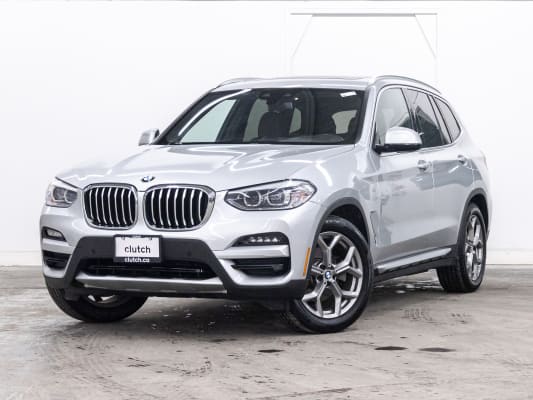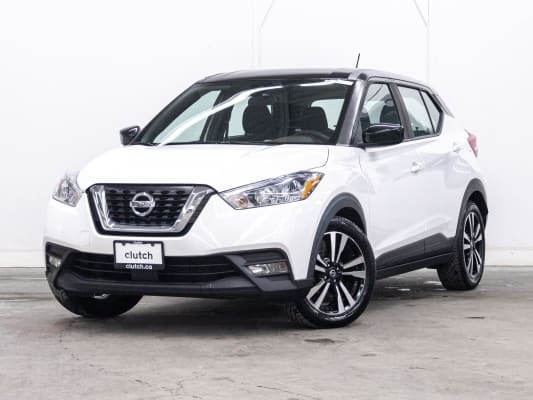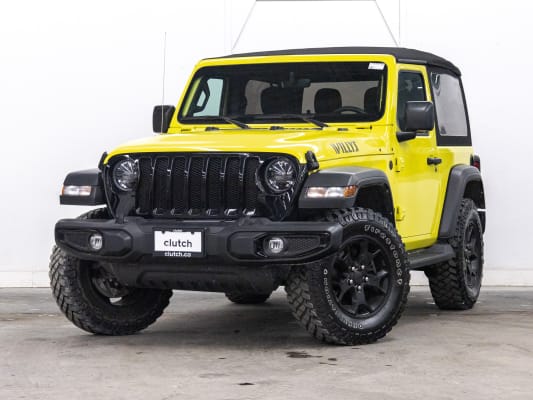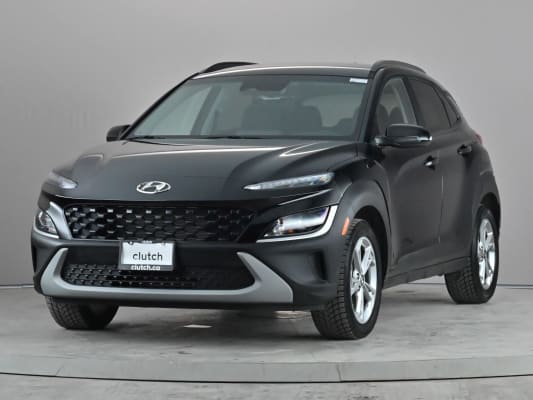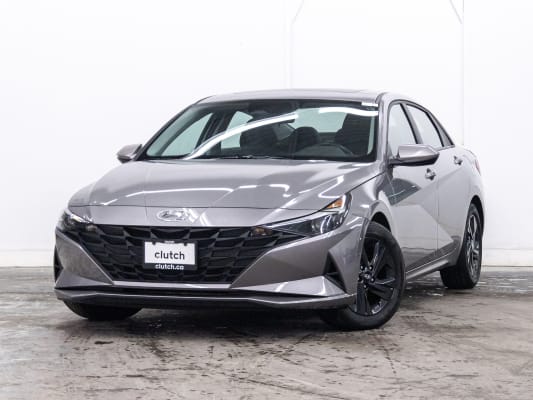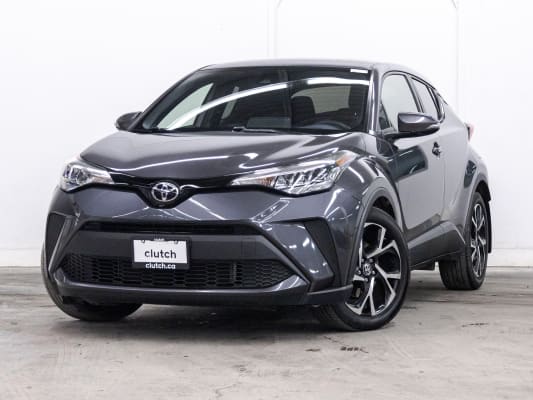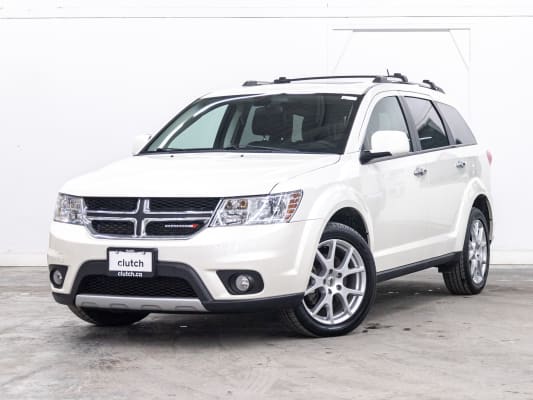The Ford Escape has long been a favourite in the Canadian compact SUV market. Known for its comfortable ride, spacious cabin, and available all-wheel drive, it offers year-round practicality from coast to coast. Whether navigating snowy roads in British Columbia or running errands around Toronto, the Escape has proven to be a capable and versatile option.
However, not all model years are equally reliable. Over its many generations, the Escape has faced recurring issues—from transmission failures to problematic EcoBoost engines—that make certain years riskier for used-car shoppers. This guide covers the Ford Escape years to avoid, outlines model-specific problems, and provides a clear buying checklist to help Canadian shoppers make informed decisions.
Keep in mind: many Escapes remain excellent vehicles when properly maintained. At Clutch, every used Escape undergoes a thorough 210-point inspection, professional reconditioning, and is backed by a 10-day money-back guarantee.
2008-2013 Ford Escape: Transmission & Power Steering Troubles
The second-generation Ford Escape (2008-2012, with 2013 as a carryover fleet model) marked a major step forward in styling and features—but it also introduced serious mechanical headaches.
Common Issues:
- Transmission Failures: Especially common in 2009-2012 models with the 6F35 automatic transmission. Many owners reported slipping, hard shifting, or total failure, often before 130,000 km.
- Electric Power Steering Failures: A widespread issue prompting a major recall in both Canada and the U.S. (Transport Canada Recall 2014261). Steering could fail suddenly, creating a serious safety risk.
- Throttle Body Defects: Faulty throttle bodies caused reduced engine power or limp mode. This became common enough to trigger a “Customer Satisfaction Program” from Ford.
- High Repair Costs: Transmission or power steering rack replacements often exceed $3,000. These problems often occurred outside of the original warranty.
Unless the vehicle has full service records and proof of recent repairs to address these issues, it’s best to avoid these years—especially in the private-sale market.
2014 Ford Escape: A Step Forward with New Problems
The 2014 Ford Escape represented the second year of the third generation, built on a global platform with more modern features. It was also one of the earliest adopters of Ford’s EcoBoost turbocharged engines, which brought both performance and new reliability challenges.
Common Issues:
- Engine Stalling: Especially in 1.6L EcoBoost models. Some stalling occurred at highway speeds, and NHTSA issued multiple Technical Service Bulletins (TSBs).
- Electrical Glitches: From faulty door latch sensors to unpredictable infotainment system failures (MyFord Touch), the 2014 Escape faced frequent complaints.
- Fire Risk Recalls: Several recalls were issued related to overheating engines, wiring harness fires, and coolant leaks.
- Low Reliability Ratings: Consumer Reports rated the 2014 Escape below average in overall reliability, citing drivetrain and in-car electronics as major problem areas.
While not a total write-off, the 2014 Escape is best approached with caution. Prioritize later builds or well-maintained examples with updated software and recall repairs completed.
2020 Ford Escape: New Platform, New Growing Pains
The 2020 model introduced a fully redesigned Ford Escape, built on Ford’s C2 platform (shared with the Bronco Sport and Lincoln Corsair). With a modern shape and improved interior, it looked promising—but early units were plagued with growing pains.
Common Issues:
- Oil Leaks and Engine Noises: Some owners reported oil seeping from timing covers and rear main seals in under 20,000 km.
- Transmission Hiccups: Rough shifting or gear hunting with the 8-speed automatic were frequent complaints, especially during cold starts.
- Digital Cluster Malfunctions: The new digital gauge cluster sometimes failed to boot or froze mid-drive, requiring software updates.
- Build Quality Issues: Misaligned body panels and fragile interior materials were noted in early production runs.
Reliability improved starting with 2021 models. If considering a 2020 Escape, look for later build dates and verify all relevant recalls and software updates were completed. A 210-point inspection like Clutch’s can help catch hidden issues.
2005-2007 Ford Escape (and Hybrid): Rust & Brake Problems
Though these earlier Escapes had simpler mechanicals, they weren’t free from trouble—especially in Canada’s harsh winters.
Common Issues:
- Rust and Frame Rot: Transport Canada issued recalls for corroded subframes, particularly near rear control arm mounts.
- ABS Control Module Failures: Known to cause brake lock-up or warning lights. Repairs could cost over $1,000.
- Hybrid Battery Failures (Hybrid Only): The 330V NiMH battery pack in hybrid trims sometimes failed prematurely, and replacements are costly.
- Air Conditioning and HVAC Failures: Not uncommon after 100,000 km.
These Escapes are now well over 15 years old, so rust and deferred maintenance are big concerns. While cheap on the used market, they’re usually not worth the long-term cost unless they’ve been meticulously maintained.
Generation-Wide Escape Issues to Watch For
Some issues affect multiple Escape generations, so even newer models should be inspected thoroughly.
Key Issues:
- Rust & Corrosion:
- Subframe corrosion is common in Ontario, Quebec, and Maritime provinces due to salt use.
- Check wheel wells, underbody seams, and rear subframe mounts.
- EcoBoost Engine Concerns (2013-2019 especially):
- 1.6L: Prone to coolant leaks and overheating.
- 2.0L: Better, but some had turbo or fuel injector problems.
- Transmission Issues:
- 2008-2014 Escapes had especially high failure rates.
- Even newer 8-speed automatics (2019-2021) can show erratic behaviour.
- Electrical Glitches:
- Faulty sensors (oxygen, camshaft), infotainment bugs, and phantom battery drains are common across multiple model years.
Canadian Buying Tips: How to Shop Smart for a Used Escape
Used Escapes can be a smart buy when chosen wisely. Here’s how Canadian buyers can avoid problem years:
1. Demand a Full Vehicle History Report
Use Carfax Canada to check for accident history, service records, and open recalls.
2. Inspect the Powertrain Thoroughly
- For EcoBoost engines, check for white smoke, coolant loss, or overheating.
- Transmission shifts should be smooth—no jerking or hesitation.
- Hybrid Escapes (older or newer) should be tested in all-electric and hybrid modes.
3. Use a Magnet for Rust Detection
Especially useful around rear subframes and rocker panels. Surface rust is okay—flaky rust or bubbling paint isn’t.
4. Buy from a Dealer Offering Inspection Guarantees
Private sales can hide expensive issues. Clutch reconditions all Escapes with a 210-point inspection and backs every purchase with a 10-day money-back guarantee—an ideal setup if you’re buying online or at a distance.

The Escape Is Still Smart Buy
Used Ford Escapes offer a compelling mix of practicality, comfort, and available AWD for Canadian drivers. While some model years—especially 2008-2013—come with serious mechanical risks, many others remain solid choices when properly maintained.
The sweet spot? Look for Escapes from 2015 to 2019, or post-2021 units that offer improved reliability and tech. Always prioritize vehicles with clear service records, completed recalls, and professional inspections. Whether you're shopping in Toronto or Halifax, an informed approach—and a safety net like Clutch’s inspection and return policy—can make the Escape a great fit.
{{widget-1}}
FAQs About Ford Escape Years to Avoid
Are EcoBoost engines in the Ford Escape reliable?
Some EcoBoost engines, especially the 1.6L (2013-2016), have known issues with coolant leaks and overheating. The 2.0L variant is more reliable but still worth inspecting for turbo and sensor issues.
Is the 2020 Ford Escape a good used SUV?
The 2020 redesign introduced early production bugs, including oil leaks and digital instrument cluster issues. Later builds are better, but always verify recall and service completion.
Should I avoid Ford Escape hybrids?
Older hybrid Escapes (2005-2007) had battery and brake system issues. Newer hybrids are more reliable, but battery health and cooling system function should still be confirmed.
How can I avoid buying a bad used Escape in Canada?
Start with a Carfax Canada report, check for rust and transmission function, and buy from a source that offers a detailed inspection and return policy—like Clutch’s 210-point inspection and 10-day guarantee.
What Ford Escape years have transmission problems?
Escapes from 2008 to 2013 are notorious for automatic transmission failures, particularly with the 6F35 gearbox. These repairs are expensive and often occur just outside warranty.




